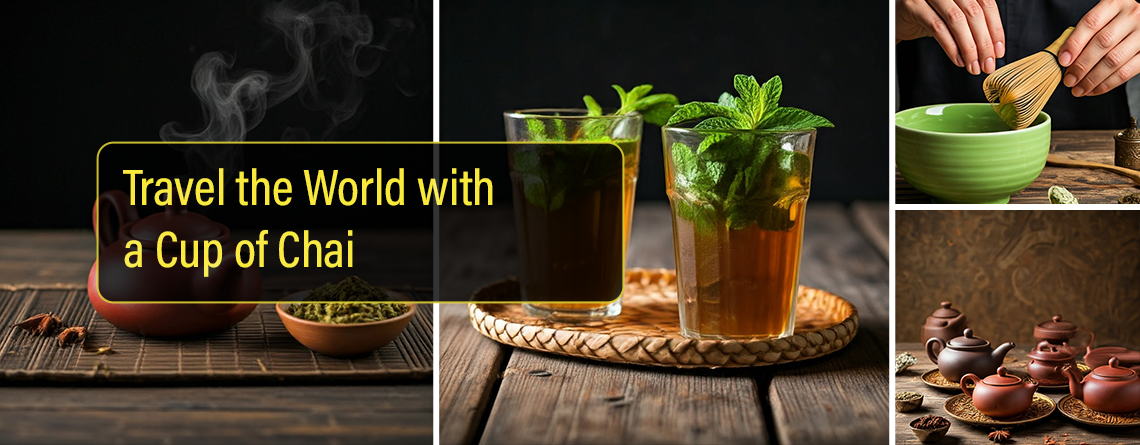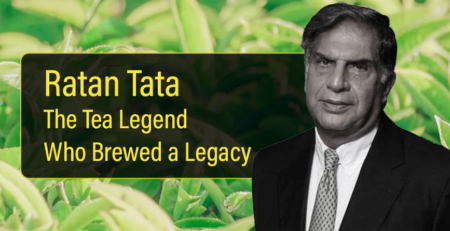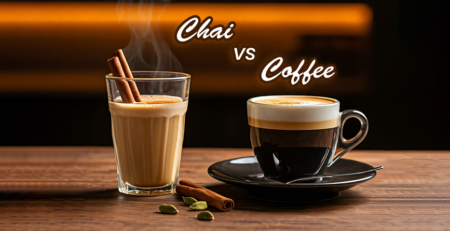Travel the World with a Cup of Chai: Exploring Global Tea Traditions
Tea, a beloved beverage enjoyed by billions worldwide, has a rich and diverse history that spans continents and cultures. From the serene tea gardens of Japan to the bustling tea houses of Morocco, tea has played a central role in social interactions, religious ceremonies, and everyday life. Let’s embark on a flavorful journey around the globe, exploring the unique tea traditions and chai variations that have captivated people for centuries.
Tea Ceremonies Around the World
- Japan: The Way of Tea (Chado): Known for its simplicity and elegance, the Japanese tea ceremony is a meticulously choreographed ritual that emphasizes mindfulness, respect, and harmony. Guests are treated to a cup of matcha, a powdered green tea, served in a traditional ceramic bowl.
- China: Gongfu Tea: Originating in Fujian province, gongfu tea is a method of brewing loose-leaf tea in small, Yixing clay pots. The tea is steeped multiple times, allowing the full flavor and aroma to develop.
- India: Chai: Chai, a spiced tea made with black tea, milk, and a blend of aromatic spices like cardamom, cloves, and ginger, is a staple in Indian culture. It is often served in small clay cups called “kulhad” and is enjoyed hot or cold.
- Morocco: Mint Tea: Mint tea is a national treasure in Morocco, served in tall glasses with a sprig of fresh mint. It is typically brewed with green tea and sweetened with sugar or honey.
Chai Variations: A Global Flavor
- Masala Chai: This popular Indian chai variation is made with a blend of spices, including black pepper, cinnamon, and nutmeg.
- Tibetan Butter Tea: A unique Tibetan tea made with yak butter, tea leaves, and salt. It is often served in a churned state and is said to provide warmth and energy.
- Chai Latte: A modern twist on chai, the chai latte combines chai with steamed milk or a milk alternative. It can be enjoyed plain or with various flavorings.
The Cultural Significance of Tea
Tea has played a significant role in shaping cultures and societies around the world. It has been used as a social lubricant, a symbol of hospitality, and a means of spiritual connection. In many cultures, tea is associated with rituals, ceremonies, and traditions that have been passed down through generations.
As we continue to explore the diverse world of tea, let’s appreciate the rich tapestry of traditions and flavors that have made this beloved beverage a global phenomenon. By understanding the cultural significance of tea and embracing its various forms, we can connect with people from all walks of life and deepen our appreciation for the world around us.












Leave a Reply